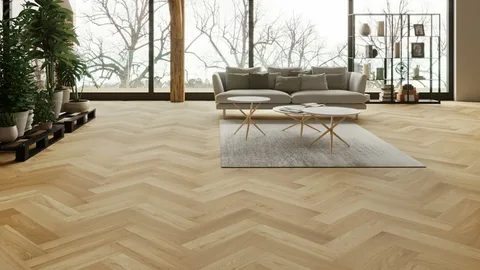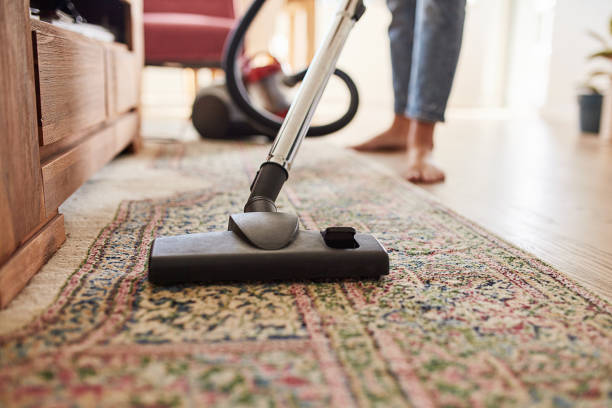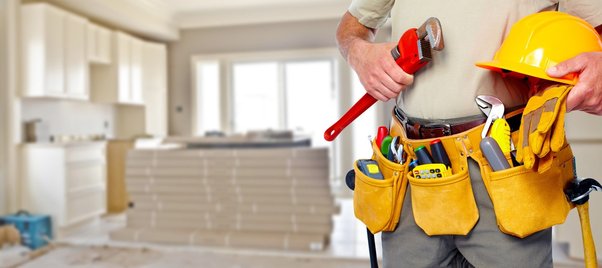
Choosing the perfect parquet flooring for your home involves considering various factors, including aesthetics, durability, maintenance, and budget. Parquet flooring, with its timeless elegance and intricate patterns, can transform any space. Here’s a comprehensive guide to help you make an informed decision.
Understanding Parquet Flooring
Parquet flooring ( https://dubaiparquetflooring.com/ ) is composed of wooden blocks or strips arranged in geometric patterns. Popular patterns include herringbone, chevron, and basket weave. Each pattern offers a unique look, adding character and style to your home.
1. Types of Wood
Different types of wood are used in parquet flooring, each with its own characteristics:
- Oak: Durable and versatile, oak is a popular choice. It has a prominent grain pattern and can be stained in various shades.
- Walnut: Known for its rich, dark color and smooth texture, walnut adds a luxurious touch.
- Maple: Light-colored with a fine grain, maple is a great choice for a clean, modern look.
- Cherry: Cherry wood darkens with age, developing a rich patina over time. It’s a good choice for a warm, cozy feel.
2. Finish Options
The finish on parquet flooring affects its appearance and durability. Common finishes include:
- Unfinished: This allows you to customize the stain and finish to match your décor. However, it requires sanding and finishing after installation.
- Prefinished: Prefinished parquet is sanded and sealed in the factory, making installation quicker and cleaner. It’s available in a variety of stains and finishes.
- Oil Finish: Provides a natural look and feel but requires regular maintenance.
- Lacquer Finish: Offers a glossy finish that is highly durable and easy to clean.
3. Choosing the Pattern
The pattern of parquet flooring greatly influences the room’s aesthetics:
- Herringbone: This classic pattern creates a sense of movement and elegance. It’s suitable for both traditional and contemporary interiors.
- Chevron: Similar to herringbone but with a more angular look. It’s perfect for adding a modern, sophisticated touch.
- Basket Weave: This pattern interlocks squares of wood, giving a more intricate and textured appearance. It’s ideal for making a statement in any room.
4. Color and Grain
The color and grain of the wood significantly impact the overall look:
- Light Woods: Light-colored woods like maple and ash can make a space feel larger and more open.
- Dark Woods: Dark woods like walnut and mahogany add warmth and a sense of luxury.
- Grain Patterns: The grain pattern adds texture. Tight grains offer a smooth look, while wide grains add more character.
5. Room Considerations
Different rooms have different requirements:
- Living Room: This high-traffic area benefits from durable wood and a protective finish.
- Bedroom: Softer woods and warmer tones create a cozy atmosphere.
- Kitchen: Wood in the kitchen should be sealed properly to prevent moisture damage. Consider a harder wood and a water-resistant finish.
- Hallways: Durable wood with a hard finish is ideal for these high-traffic areas.
6. Budget
Parquet flooring comes in a range of prices depending on the type of wood and finish. Consider the following:
- Material Costs: Exotic woods and intricate patterns cost more.
- Installation Costs: Professional installation is recommended for parquet flooring, adding to the overall cost.
- Maintenance Costs: Consider the long-term maintenance costs, including refinishing and repairs.
7. Maintenance and Durability
Parquet flooring requires regular maintenance to keep it looking its best:
- Cleaning: Use a damp mop and wood cleaner. Avoid excessive water and harsh chemicals.
- Refinishing: Over time, parquet floors may need refinishing to remove scratches and restore shine.
- Repairs: Individual tiles can be replaced if damaged, but matching the original color and pattern can be challenging.
8. Environmental Considerations
If sustainability is important to you, look for:
- Certified Wood: Choose wood certified by organizations like the Forest Stewardship Council (FSC), ensuring it comes from responsibly managed forests.
- Engineered Wood: Consider engineered parquet flooring, which uses a thin layer of hardwood over a plywood base, making better use of resources.
9. Installation Process
Professional installation is recommended due to the complexity of parquet patterns. The process includes:
- Subfloor Preparation: The subfloor must be clean, dry, and level.
- Layout Planning: Precise planning ensures the pattern is centered and symmetrical.
- Adhesive Application: High-quality adhesive is crucial for stability.
- Finishing Touches: Sanding and finishing (if using unfinished wood) complete the installation.
10. Additional Tips
- Sample Testing: Obtain samples and test them in your home to see how they look under different lighting conditions.
- Consistency: Ensure the wood comes from the same batch to maintain consistency in color and grain.
- Professional Advice: Consult with flooring experts to choose the best options for your specific needs and preferences.
Conclusion
Choosing the perfect parquet flooring for your home involves careful consideration of wood type, finish, pattern, color, and grain. Each factor contributes to the overall aesthetics and functionality of your space. By considering room-specific requirements, budget, maintenance, and environmental impact, you can select parquet flooring that enhances your home’s beauty and value for years to come.







